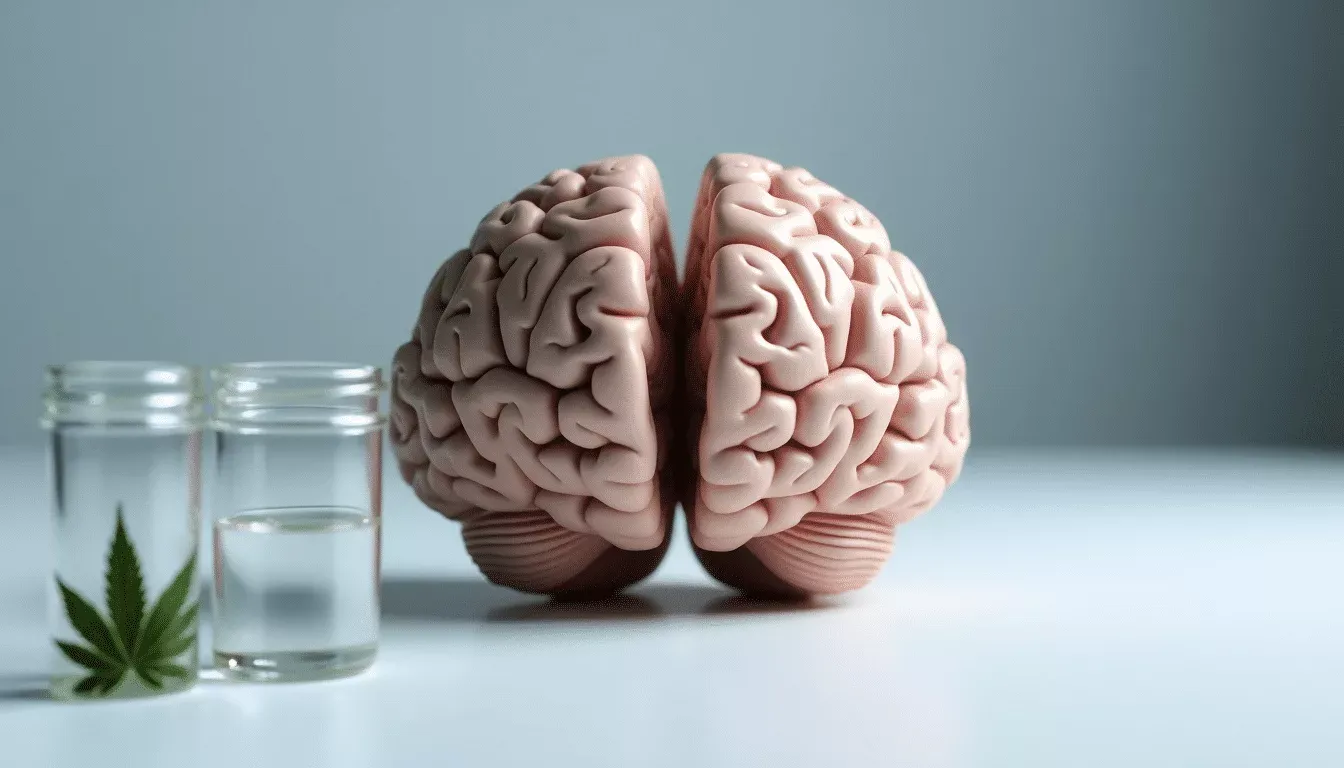Cannabis and Arthritis: Natural Relief for Joint Pain
In recent years, the surge in interest around alternative medicine has included a particularly intriguing topic: the use of cannabis for arthritis relief. As one of the most ancient plants known to humans, cannabis has been intertwined with the healing arts for centuries. Today, with advancements in medical research and changing legal landscapes, its potential benefits for arthritis sufferers are being explored like never before. This article delves into the connection between cannabis and arthritis, examining its potential as a natural remedy for joint pain, the evidence supporting its use, and practical insights for those considering it as a treatment option.
Understanding Arthritis and Its Impact
Arthritis encompasses more than 100 different conditions, with osteoarthritis and rheumatoid arthritis being the most common. Characterized by inflammation and pain in the joints, arthritis can significantly impair daily activities and reduce the quality of life. According to the Centers for Disease Control and Prevention (CDC), about 24% of all adults in the United States have arthritis, making it a leading cause of disability among the population.
The Role of Cannabis in Pain Relief
Cannabis, a plant with various chemical compounds known as cannabinoids, is garnering attention for its potential analgesic properties. The two primary cannabinoids—tetrahydrocannabinol (THC) and cannabidiol (CBD)—are believed to play pivotal roles in pain management.
THC is known for its psychoactive effects but also possesses pain-relieving properties, which could offer relief to those suffering from arthritis. On the other hand, CBD does not induce a high but is reputed for its anti-inflammatory and analgesic effects. This makes it a viable option for patients seeking relief without the mind-altering effects of THC.
Benefits and Risks of Cannabis for Arthritis Relief
Potential Benefits
Several studies have shed light on the potential benefits of cannabis for arthritis patients. For instance, the Arthritis Foundation notes that many sufferers have reported a reduction in joint pain and inflammation with the use of cannabis products. Additionally, a study published in the European Journal of Pain demonstrated that CBD applied topically could help reduce inflammation and pain associated with arthritis, suggesting cannabinoids may offer targeted relief.
Furthermore, cannabis may also improve sleep and overall quality of life, conditions often compromised by chronic pain. Patients often note improvements in their ability to perform daily tasks without the debilitating stiffness that characterizes arthritis.
Considerations and Risks
While the benefits are promising, it’s crucial to approach cannabis use with caution. Not all individuals experience the same effects, and potential side effects may include dizziness, dry mouth, and mood changes. The psychoactive properties of THC can also be concerning for some patients.
It’s important for individuals considering cannabis as a treatment to consult with healthcare professionals to ensure it fits within their overall treatment plan. Laws regarding cannabis use vary widely, and legality should always be considered.
Practical Insights and Tips for Using Cannabis
Getting Started
-
Consult with a Healthcare Provider: Before incorporating cannabis into your treatment regimen, consult your doctor. They can provide insights specific to your condition and suggest types or doses that might be effective.
-
Start Low, Go Slow: If you decide to try cannabis, begin with a low dose to see how your body reacts, gradually increasing as needed to achieve desired effects. This is particularly important for THC products to manage psychoactive effects.
- Explore Different Forms: Cannabis comes in many forms, including oils, creams, tinctures, and edibles. Topical applications can provide localized relief without systemic side effects, making them a popular choice for arthritis sufferers.
Lifestyle Adjustments
Consider complementary therapies alongside cannabis use. Regular low-impact exercise, like swimming or yoga, can enhance joint mobility and reduce pain. Furthermore, a balanced diet rich in anti-inflammatory foods can synergize with the anti-inflammatory properties of CBD.
Staying Informed
Given the rapidly evolving research landscape, staying informed about new studies and clinical trials is beneficial. Online resources like the Arthritis Foundation provide up-to-date information on ongoing research and patient education (https://www.arthritis.org/).
Conclusion
Exploring cannabis as a potential remedy for arthritis pain offers a glimpse into the future of pain management and holistic healthcare. With evidence mounting in its favor, cannabis could represent a valuable addition to the arsenal of treatments available for arthritis sufferers. By consulting with healthcare professionals and making informed decisions, individuals can determine if cannabis aligns with their personal health goals.
As the conversation around cannabis continues to grow, contributing your experiences or questions in forums or with healthcare providers can further enrich shared knowledge. If you’re intrigued by this topic, consider delving deeper into related articles or discussing your thoughts with others battling similar conditions. Together, we can navigate the path toward more natural and effective arthritis relief.
FAQ on Cannabis and Arthritis Relief
What components of cannabis are thought to help with arthritis relief?
THC and CBD are the primary components. THC can help reduce pain perception, while CBD has anti-inflammatory properties.
Is there scientific evidence supporting the use of cannabis for arthritis relief?
Some studies suggest potential benefits, but research is limited. More clinical trials are needed to confirm effectiveness and safety.
How can cannabis be consumed for arthritis relief?
Cannabis can be used in various forms like oils, edibles, topicals, and vaporizers. Consult with a healthcare professional for recommendations.
Are there any side effects of using cannabis for arthritis relief?
Possible side effects include dizziness, dry mouth, and changes in appetite or mood. Always start with low doses to assess tolerance.
Is it legal to use cannabis for arthritis treatment?
Legality varies by region. In some places, medical use is allowed with a prescription, while in others, it’s fully legal or still prohibited.
Related: CBD pain relief
Share this content:



